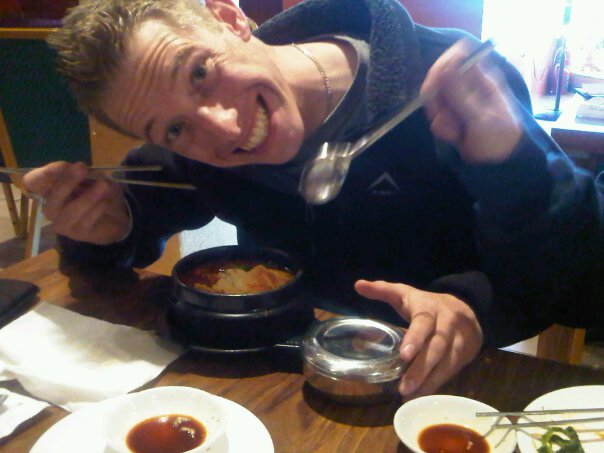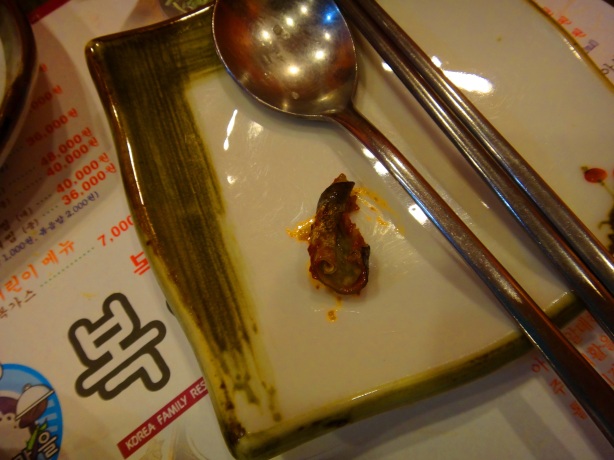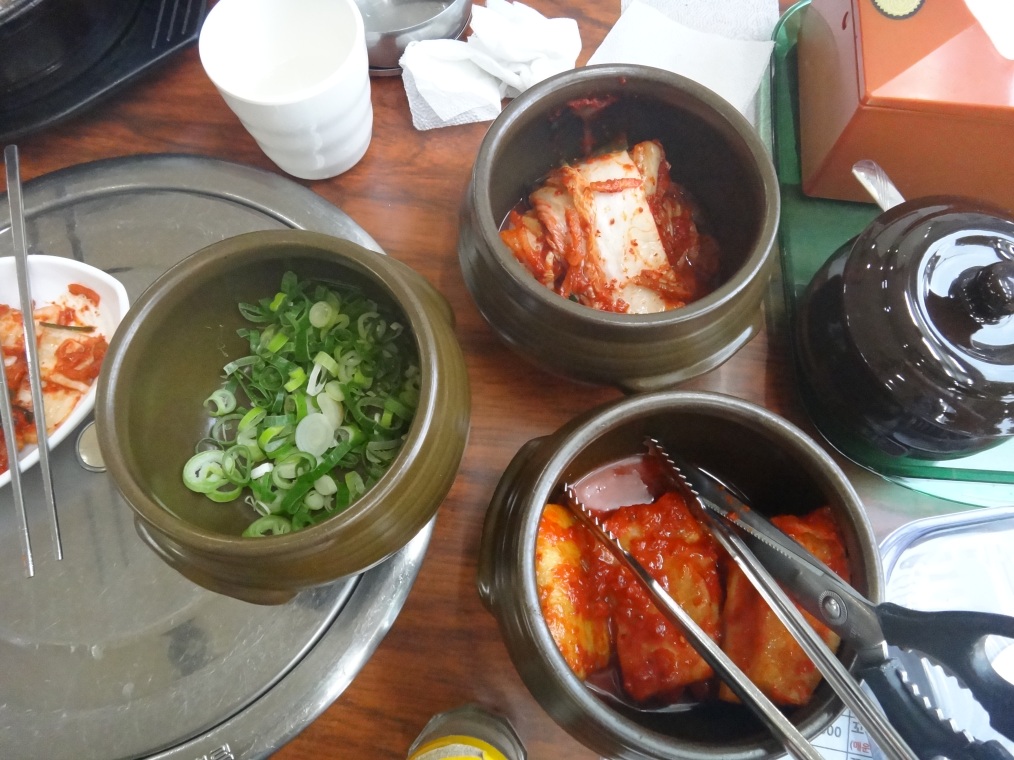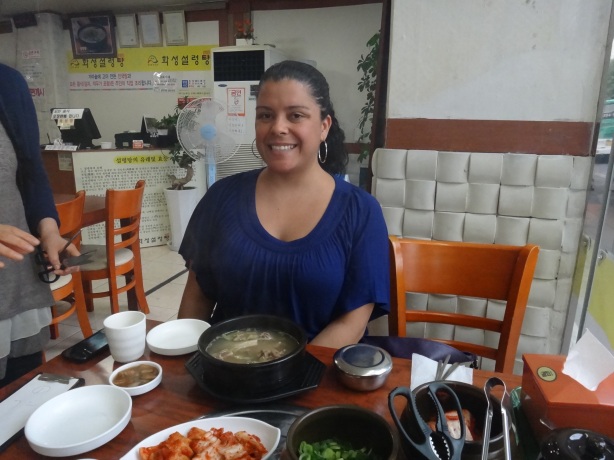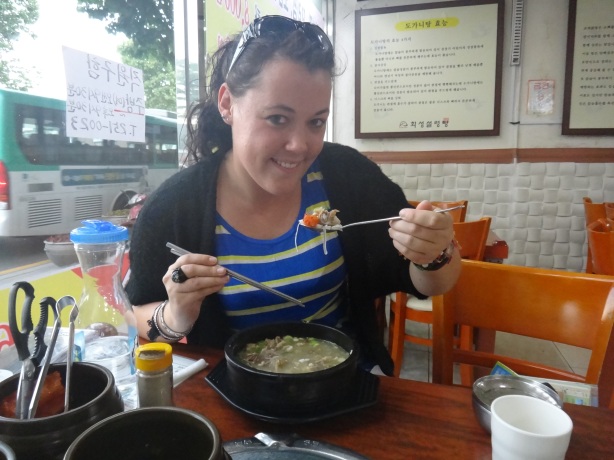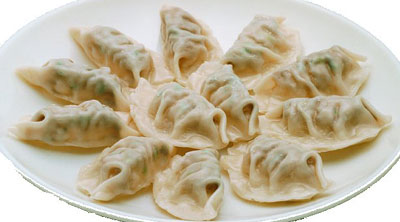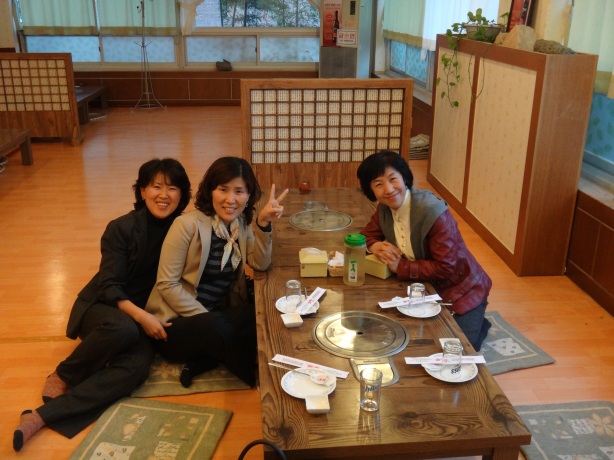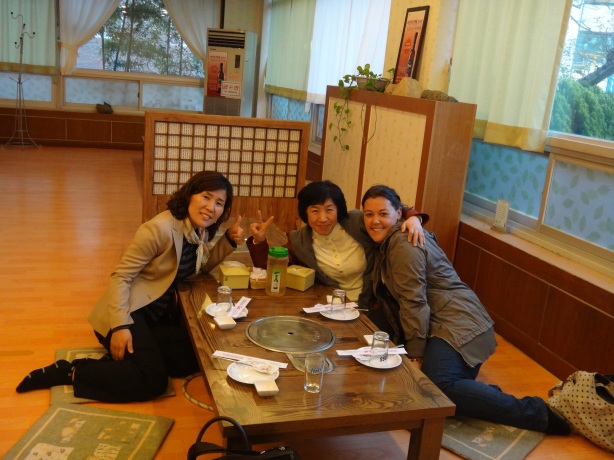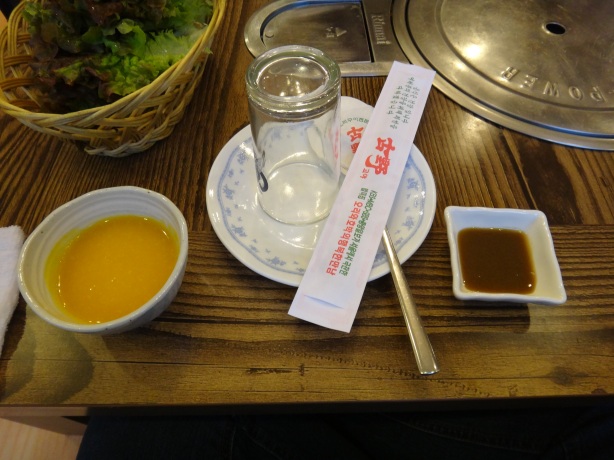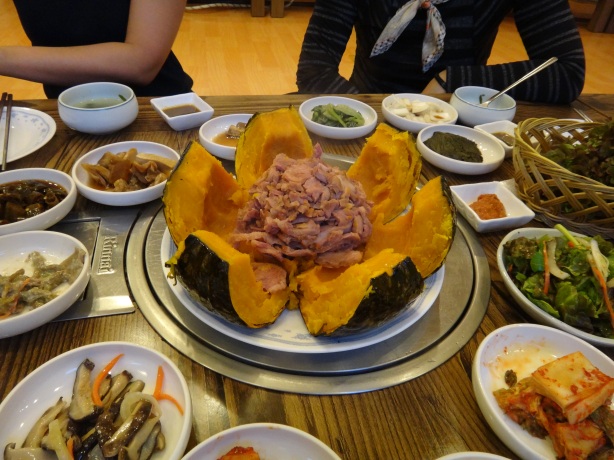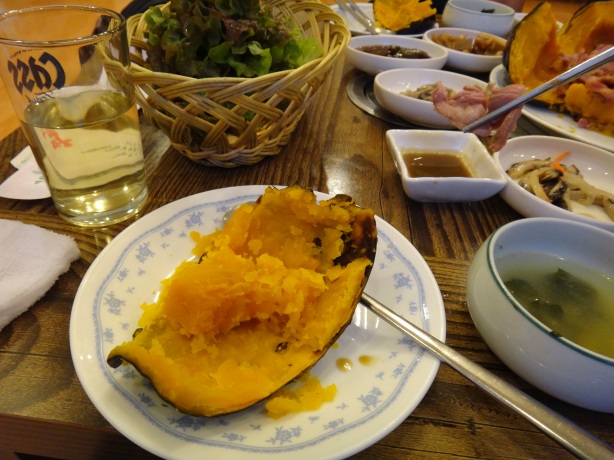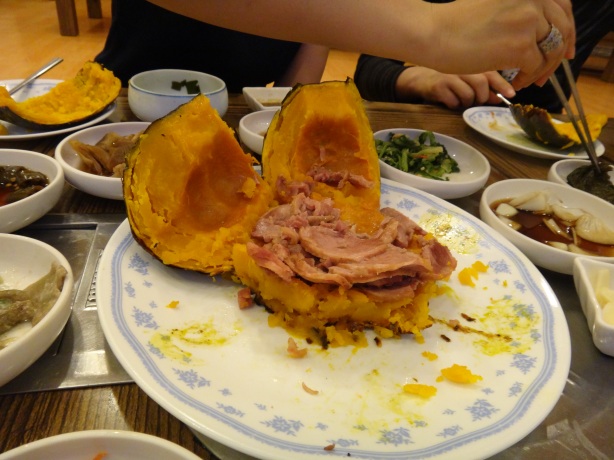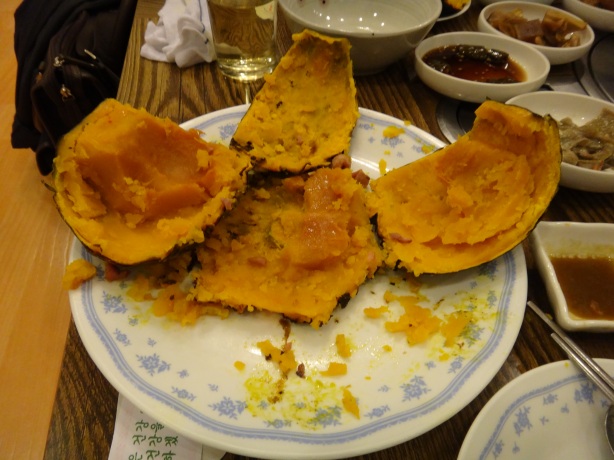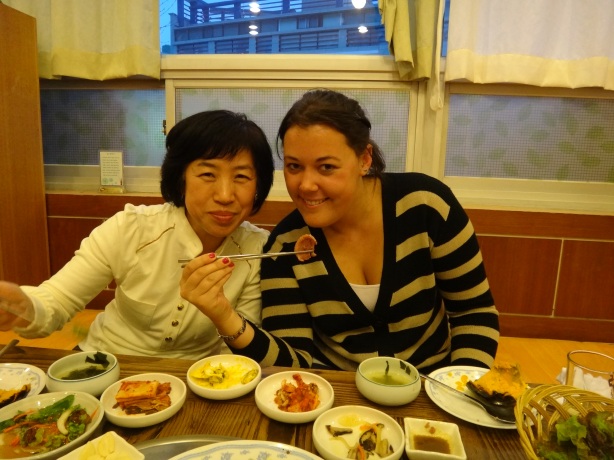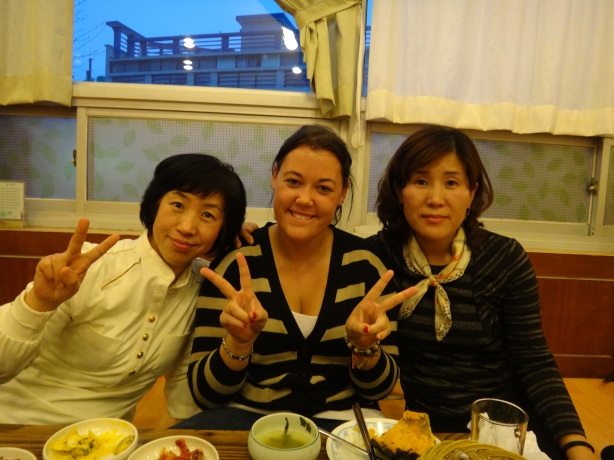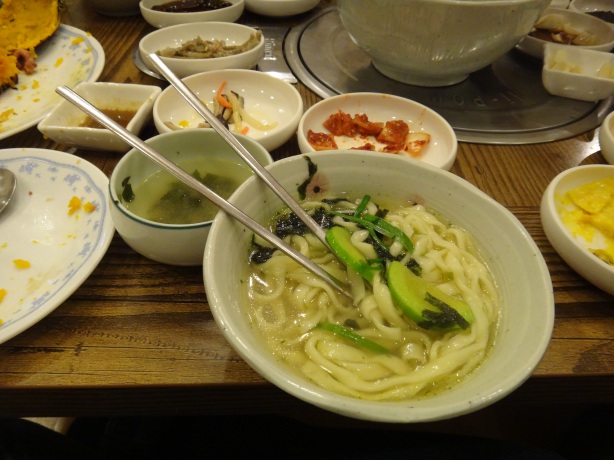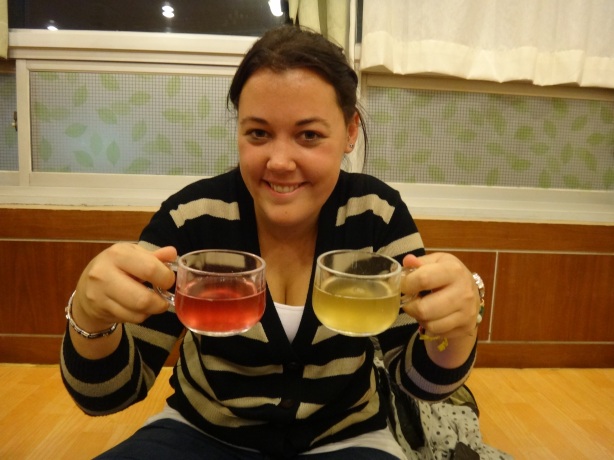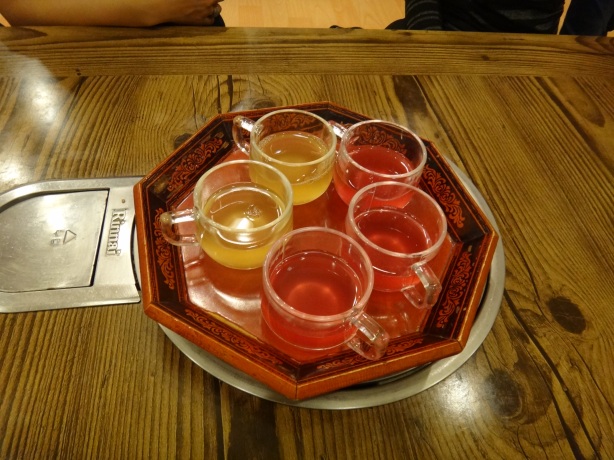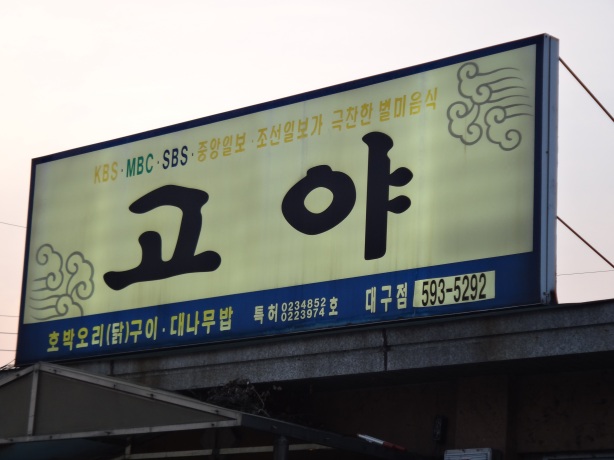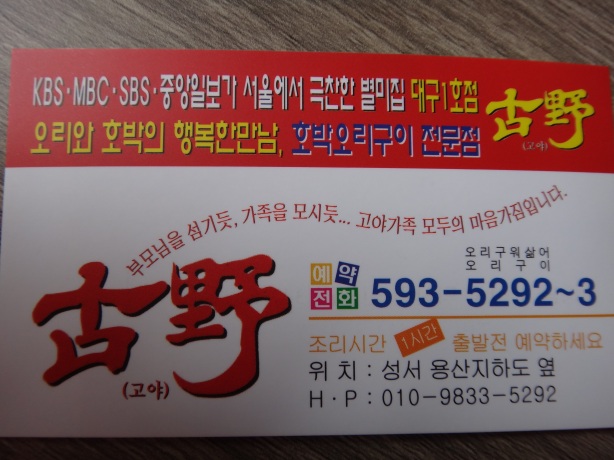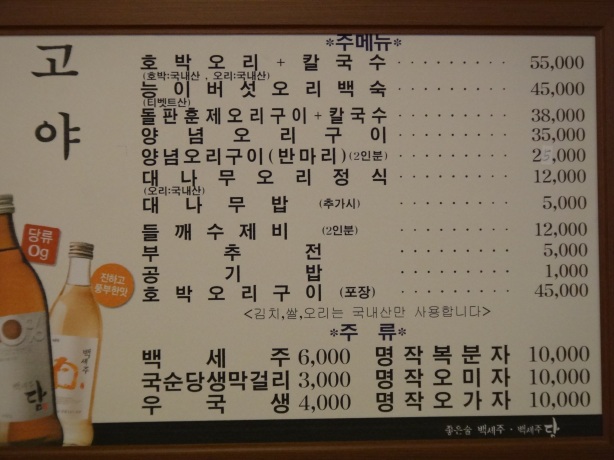Coming from South Africa, the frequent lamb agasm happens to the best of us around a hot fire with some ice cold bevi’s most weekends. The juicy texture, the wild flavours, the perfect spices, the perfect combination of meat and fat. HELLO!!! Lamb agasm baby. However since being inKorea, this utopic experience has been cut short by the lack of good proper meat. For a country that eats a bucket load of meat they don’t necessarily have the best variety. Beef and Chicken? Pork or Fish? Laaaaammmeee!! I want some sheep in my beellleeh! Well thank goodness for the insane amounts of foreigners that are slowly and most definitely surely taking over the Korean cuisine, lamb agasms have now become a reality for everyone.
It’s been 8 months almost to the day that I have had lamb. I’m not talking about those flakes of lame broiled lamb they sell at the Turkish kebab shops. I’m talking about a lamb chop. Meat on bone. Lamb on bone. Lamb meat on bone in my face. You can understand my feelings about lamb at this point. I want to eat you and I want to eat you now.
I discovered a Russian/Uzbekistan = Uzbekussian Restaurant while reading The Daegu Compass in the first month I was here but just never had the desire to actually go and check it out as I didn’t really know much about Russian food?? Vodka laced mutton?? Hmm maybe? Russian/Uzbekistan food basically defines lamb as an overall experience and not just a meal. Very similar to how we love and cherish our skaap tjoppies (lamb chops) back home. They do anything and everything with sheep/lamb/mutton. Mostly mutton but hey who is getting technical now? They are also big on their bread, which is quite dense and heavy. I’m assuming to be dipped into mutton stews to lap up all the sauces. One other dish, something that didn’t even register with me at first was Shish Kebabs. Shish Kebabs originate fromTurkey and through the years they have made their way around the world, even back to South Africa where we call them Sosaties. The term derives from sate (“skewered meat”) and saus (spicy sauce). BOOM!! In Saffa land we usually marinade our lamb skewers in a curry like sauce with dried apricots and onions and then we “gooi it on the braai” (throw it on the barbeque) Yumdelicious.
The name of the restaurant is Samarkand. Samarkand is the second largest city in Uzbekistan and the perfect place for a melting pot of the worlds cultures in Korea. Pot? Melting? I’m hungry! On to the menu!!

The menu consists of all the best that Uzbekussian has to offer. Note at this point I had absolutely no clue what to expect all I knew was there was lamb. We got a divine starter of burnt croutons placed on the table which we obviously ate, I mean who doesn’t like burnt croutons? We also got a few sauces, kinda like that Spaghetti sauce you can buy in a jar and then good old ketchup, some pickles, some marinated julienne carrots and some pickled chilli’s.

I love me some burnt croutons
Some thing quite traditional which is stuffed cabbages (Golubsky) was recommended to us by the ever so young, waitress (who was probably about 14 years old and still in her school uniform, child labour much?). As adventurous as we were by being in an Uzbekussian restaurant I didn’t think any of us wanted to spoil the evening with anything remotely similar to Kimchi. Be gone cabbage, be gone!! Next time most definitely. We decided to order some Samsas, which are flaky pastries stuffed with meat and served with a spicy sauce. Think of a Cornish pasty or any kind of pasty and it comes very close to this. It was divine!! You could easily share one Samsa as it’s quite big, probably the size of your hand. We all ended up ordering the same basic thing – Chizbif. What a cool name!! What was even cooler, was that it was a stack of proper cut chips piled with lamb! And not just lame broiled lamb but roasted perfectly yummily prepared lamb. Yep just chips and hulks of lamb. I could not have been happier. 1, 2, 3, and Lamb-agasm. I was in my element.

Chizbif and Samsa (top right corner)



The next course of Shish Kebabs arrived on long metal skewers and was just as amazing as the lamb in the Chizbif. Clearly from all the pictures you can see how happy I was in my little lamb kinda world.

Lamb Agasm FOSHO!!

Lamb Duel!!!!

To drown it all, they have a good selection of vodkas and strong Russian beers. I had a beer called Baltika No. 7. It was delish, the first real tasting beer I’ve had since being inKorea. A lot better than Hite or Cass. It also had this cool bottle top that u kinda popped off! That was more entertaining than the actual beer drinking.

Popping the bottle

Overall the night was lovely I just wish I had actually tried more of the traditional foods, especially after doing a bit more research and inspecting the menu a bit more.

Clearly the food was good
Definitely on the to try list is;
Shurpa – Lamb and Potato soup
Borsch – Sour Beetroot Soup
Manty – Uzbekussian dumplings with meat, onions and spices
Golubtsy – Cabbage filled with ground lamb
Plov (Rice Pilaf)– Meat and carrots with rice
Have a look see at the menu. Yes I took pictures of each page in the menu. Its a pleasure.

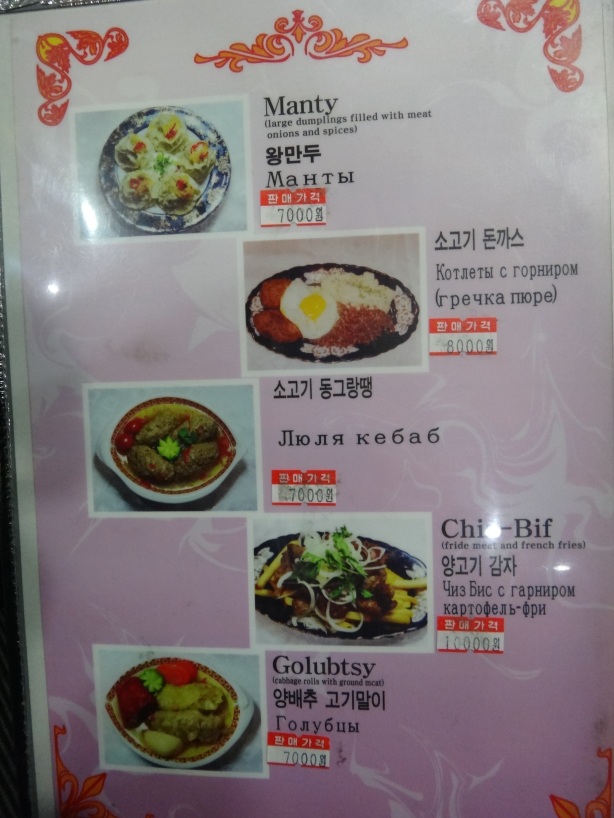



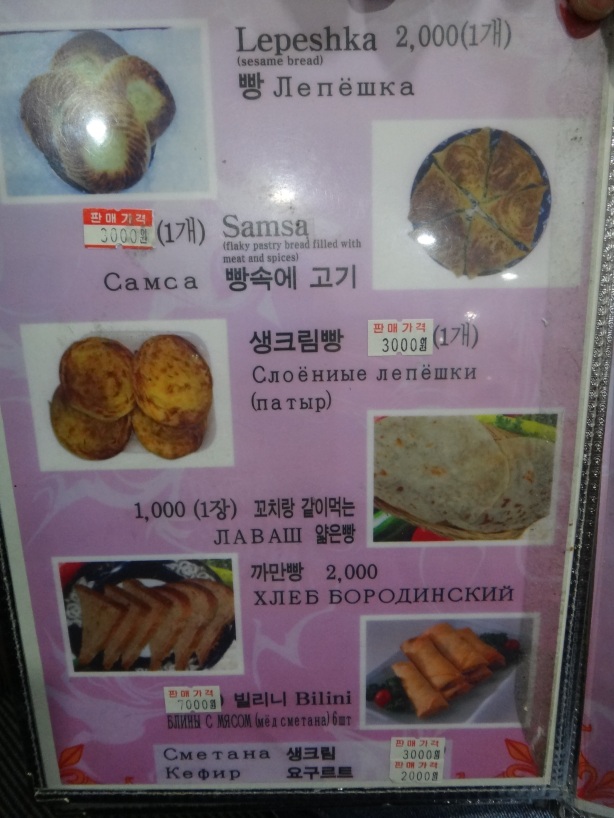

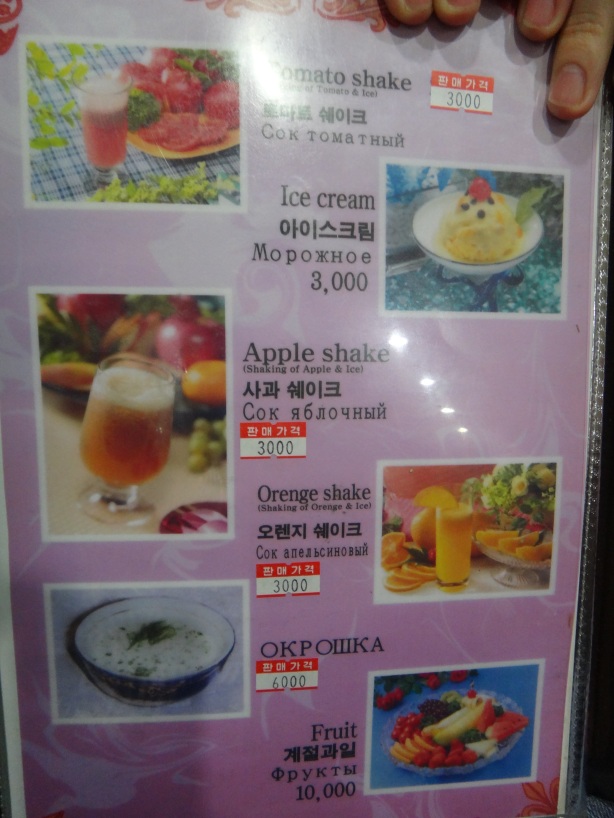
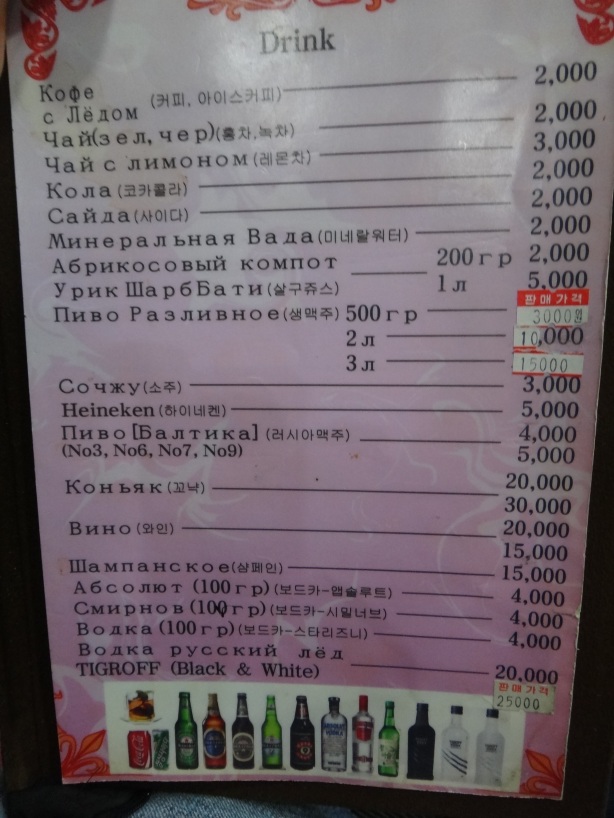
The meal cost us each about 17 000W. That was after 2 beers, a plate of Chizbif, one Shishkebab and some Samsa. Not too bad me thinks?? Check out the prices on the menu pictures.
Words of wisdom
1. It takes really long for them to prepare the kebabs, about 20 minutes and you only get one skewer (not four like in the picture). So skip right to that part of the menu and order those bad boys first.
2. Spend some time looking through the menu and looking at the pictures. They are pretty self explanatory.
3. If you order anything with lamb you are guaranteed a lamb agasm.
4. Definitely try ordering more of the traditional foods without lamb; it will give you an overall experience for sure.



The Map in Korean
Directions
Samarkand is located in the downtown area of Daegu. The best and easiest way to get there is to take the subway to Jungangro Exit 2. Get out turn around and cross the road and walk towards the entrance of Lotte Young Plaza and CGV on the main street. Now turn your body so that Lotte Young Plaza and CGV are on your left. Now walk down the main street towards Novotel. Take your first left down a pedestrian walking street. It’s full of shops and has a cobbled like road.Samarkand will be on your left on the third floor of the building after about a 30 metre walk. Yes my directions are quite detailed and possibly slightly confusing, that’s because we all got lost for about 30 mins looking for it haha.
Happy Lamb Agasaming Peeps^^
